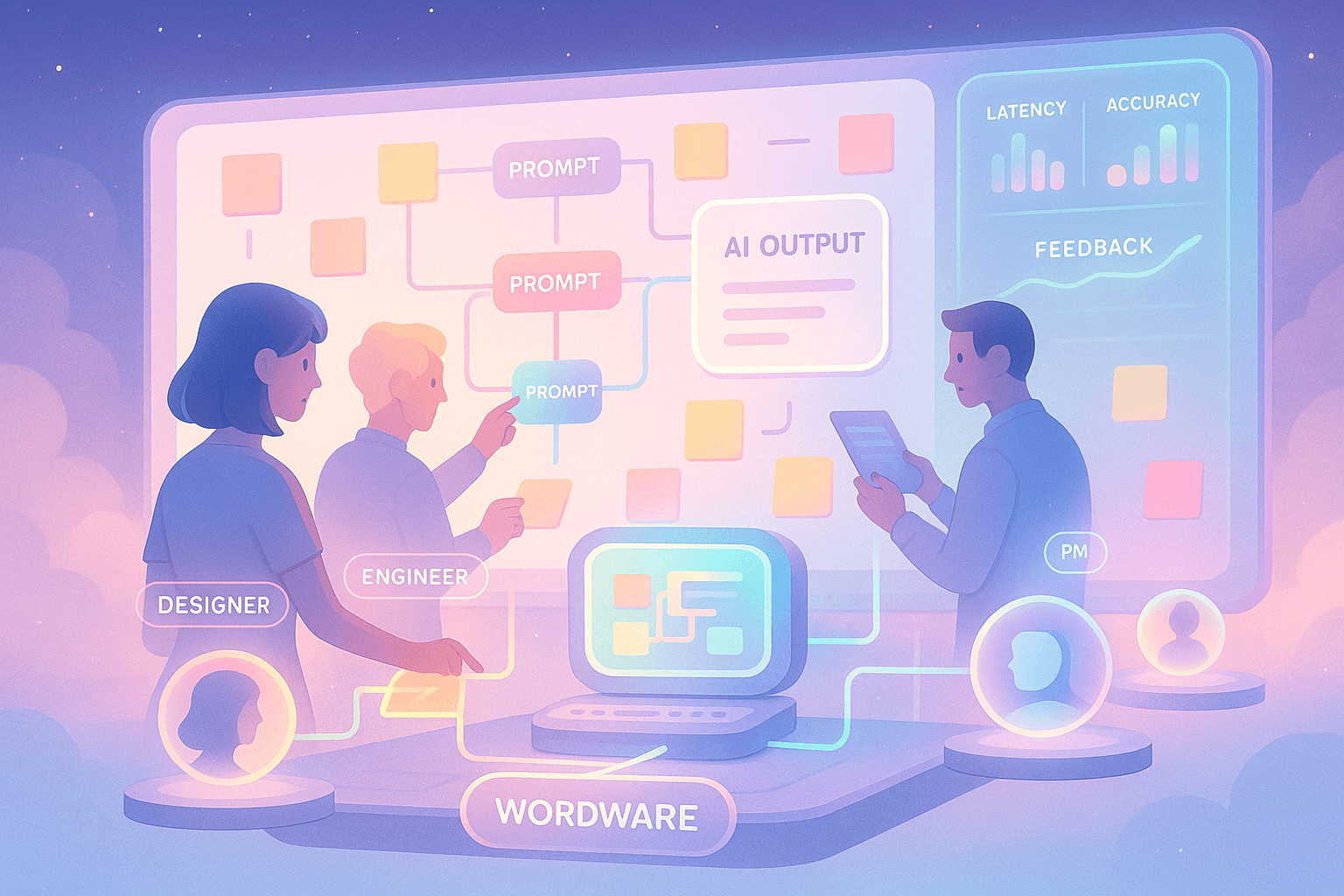
You don’t need a course to master prompt engineering.
It’s just clear communication with an alien LLM intern. Think of it like giving instructions to a smart new hire:
What do they need to know? What outcome are you expecting? Where could they get confused?
A good prompt does the same. It shares the right amount of context, focuses on the outcome you want, and removes ambiguity.
The better you communicate, the better your AI performs. So what does good communication look like?
1. Be Specific and Direct
The most valuable skill in prompt engineering is specificity. The more focused and detailed your prompt, the more targeted and useful the AI’s response will be. Instead of vague instructions like “Write about climate change,” use precise requests, such as, “Summarize the main economic impacts of climate change on coastal cities in a bullet list.” This level of clarity immediately steers the AI toward your objectives and minimizes ambiguity, leading to consistently high-quality outputs.

2. Set Context and Assign Roles
Effective prompts provide context and when appropriate, assign the AI a specific role. For example, starting your prompt with “You are a technical support specialist…” helps the AI adopt the right tone, perspective, and depth. By framing the conversation, you guide the model toward more relevant, audience-appropriate responses. Use pre-prompts to set the stage, especially for complex or multi-turn interactions.
3. Structure and Format Instructions
Don’t leave formatting to chance. Specify exactly how you want the output delivered. Whether you need a JSON object, a bulleted list, or a well-structured table, stating your requirements increases usability and streamlines your workflow. Clearly separate different sections within your prompt using delimiters or headings to reduce confusion and avoid prompt injection.
4. Leverage Examples and Scenarios
Help AI understand complex tasks by including input-output examples or by describing scenarios. Few-shot prompting (where you show a couple of desired input and output pairs before your main request) teaches the model your preferred style or logic. For more nuanced requests, crafting a scenario (“Explain as if I’m a high school student…”) gives the model behavioral guidance. This strategy is essential for tasks like summarization, translation, or creative writing.
5. Iterate and Refine
Prompt engineering is an iterative process. Test your prompts, review the AI’s responses, and adjust your instructions for continuous improvement. Don’t be afraid to tweak phrasing, change examples, or clarify instructions if the initial output falls short. Over time, this cycle of analysis and refinement will train you to write prompts that consistently yield excellent results.

Before and After: Transforming Basic Prompts
Basic Prompt: "Write a report on climate change."
Improved Prompt: "As an environmental scientist, write a 200-word report summarizing the main causes, effects, and possible solutions to climate change. Structure your response with headings for each section."
The improved version specifies:
The role/expertise level (environmental scientist)
Length constraints (200 words)
Content requirements (causes, effects, solutions)
Format expectations (sectioned with headings)
Best Practices for Daily Use
Start with clear, concise, action-oriented language
Use positive directives (tell the AI what to do, not what to avoid)
Incorporate variables to make prompts reusable
Document prompt versions and their outcomes
Collaborate with others to discover better patterns
Troubleshooting Common Issues
If your results aren't meeting expectations:
Add more specific instructions or examples
Test with different AI models, as capabilities vary
Gather user feedback to identify improvement areas
Actionable Prompt Engineering Checklist
Be Specific: State clear objectives and required formats.
Set Context/Role: Define the AI’s perspective and intended audience.
Structure Output: Use explicit formatting instructions and delimiters.
Provide Examples: Show the model what you want, especially for nuanced tasks.
Iterate and Reframe: Analyze outputs and revise your prompts until satisfied.
Next Steps: Put Prompt Engineering into Practice
Mastering prompt engineering enables you to reliably automate creative writing, summarization, customer support, image generation, and more. By following the strategies above, you can turn AI models into precise, valuable collaborators that save you time and enhance your productivity.
Ready to streamline your workflow and let AI handle repetitive or complex tasks? Wordware makes it easy to put advanced prompt engineering into action. No coding or engineering skills required.
Try Wordware for free and discover how effortless automation can unlock your creativity and give you back time for what matters most.